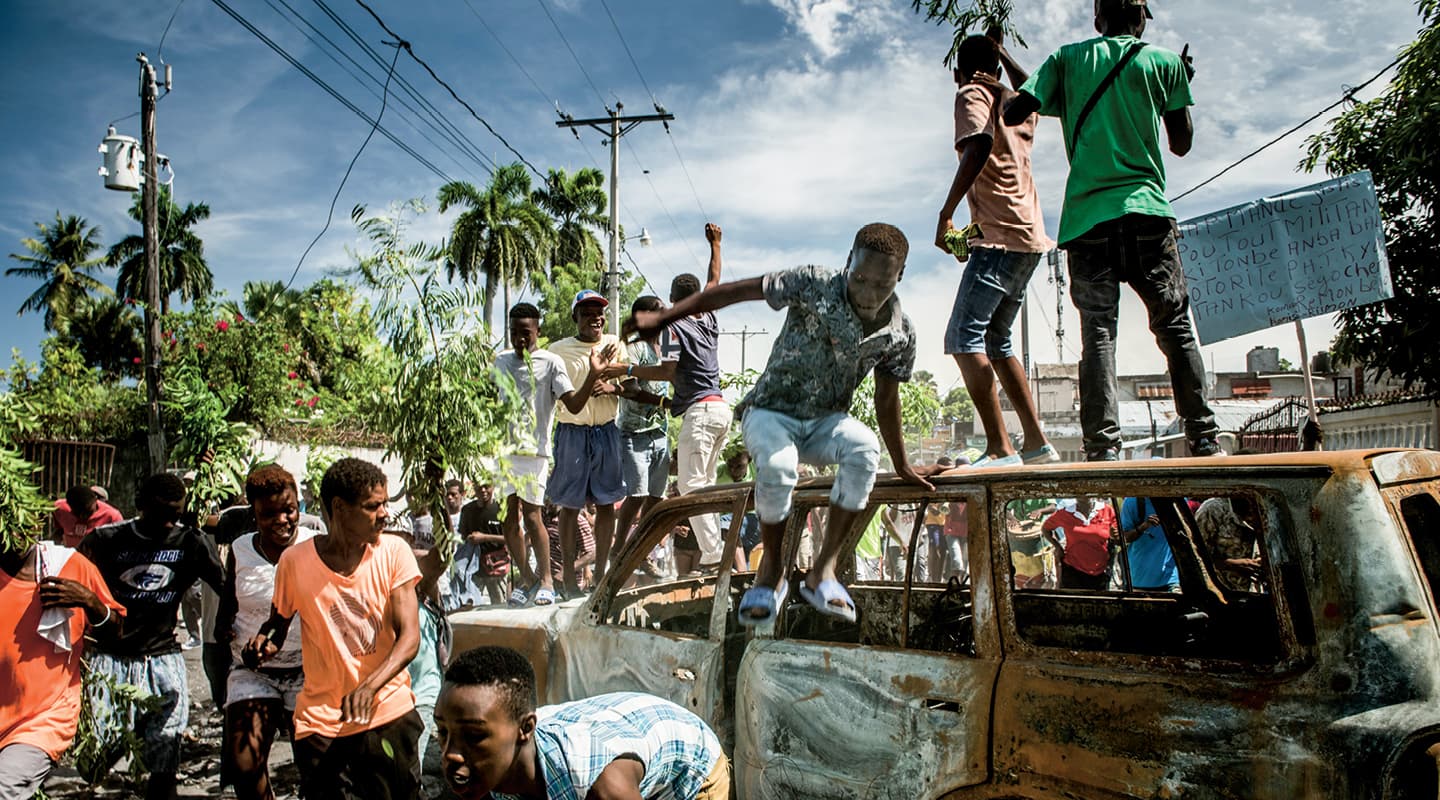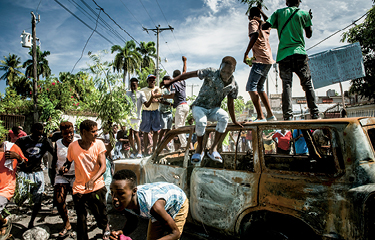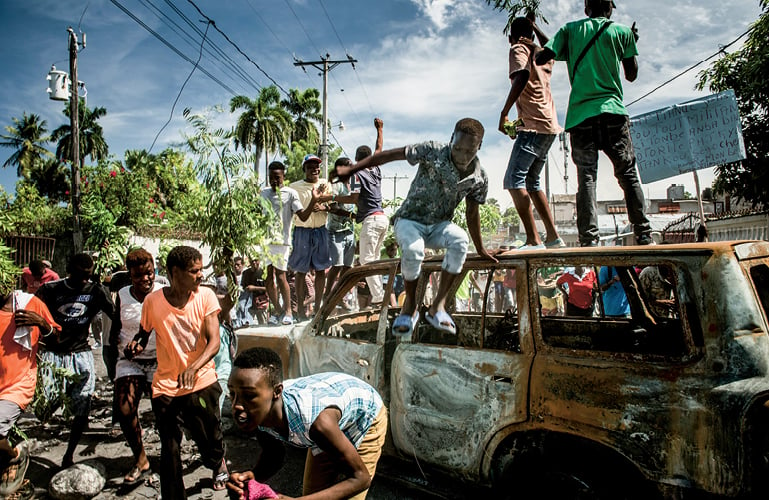The small hospital in Léogâne, Haiti, was down to a single day’s supply of oxygen and had to decide who would get it: the adults recovering from strokes and other ailments, or the newborns clinging to life in the neonatal ward.
A political crisis had forced this awful dilemma—one drama amid countless others in a nation driven to the brink of collapse. Hospitals have cut services or closed entirely. Gas shortages are worsening by the day. Public transportation has ground to a halt. Businesses have shuttered. Most schools have been closed since early September, leaving millions of children idle. Widespread layoffs have compounded chronic poverty and hunger.
The small hospital in Léogâne, Haiti, was down to a single day’s supply of oxygen. It had to decide who would get it. There were two choices: the adults recovering from strokes and other ailments, or the newborns clinging to life in the neonatal ward.
A political crisis had forced this awful dilemma. It’s just one drama amid countless others in a nation driven to the brink of collapse. Hospitals have cut services or closed entirely. Gas shortages are worsening by the day. Public transportation has ground to a halt. Businesses have shuttered. Most schools have been closed since early September, leaving millions of children idle. Widespread layoffs have worsened chronic poverty and hunger.



